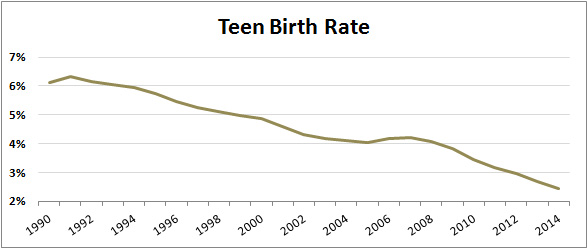Let us continue our year-end search for random things to write about because nothing important is happening. Did you know that the number of twin births has been rising steadily for the past three decades? It has. And the number of triplet births skyrocketed through 1998, but has been dropping ever since.

This comes from the CDC’s final report on births for 2014, which is chock full of everything you might want to know about US birth and fertility rates. The increase in triplet births is most likely due to the rising use of fertility therapies, and the drop after 1998 is likely due to improvements in fertility therapies. The reason for the steady increase in twins is less clear, since it seems too large to be accounted for by fertility treatments.
Interestingly, blacks have the highest twin rate and Hispanics have the lowest. For triplets, whites have the highest rate—probably because the triplet rate is influenced by expensive fertility treatments, which whites are more able to afford than others. Other statistics for 2014:
- Number of cesarean births: 32 percent
- Number of babies that are firstborns: 38.8 percent
- Number of babies that are 8th-borns or higher: 0.5 percent
- State with the most births: California
- State with the highest birth rate: Utah
- State with the lowest birth rate: New Hampshire
- Births to unmarried women: 40.2 percent
- Number of mothers with weight gain of less than 11 pounds: 8.7 percent
- Number of mothers with weight gain of more than 40 pounds: 21.6 percent
- Number of births in hospitals: 98.5 percent
- Number of births 3+ weeks early: 9.5 percent
- Number of babies with very low birthweight: 1.4 percent
- Number of black babies with very low birthweight: 2.9 percent
- Teen birth rate: 2.45 percent, yet another record low
















